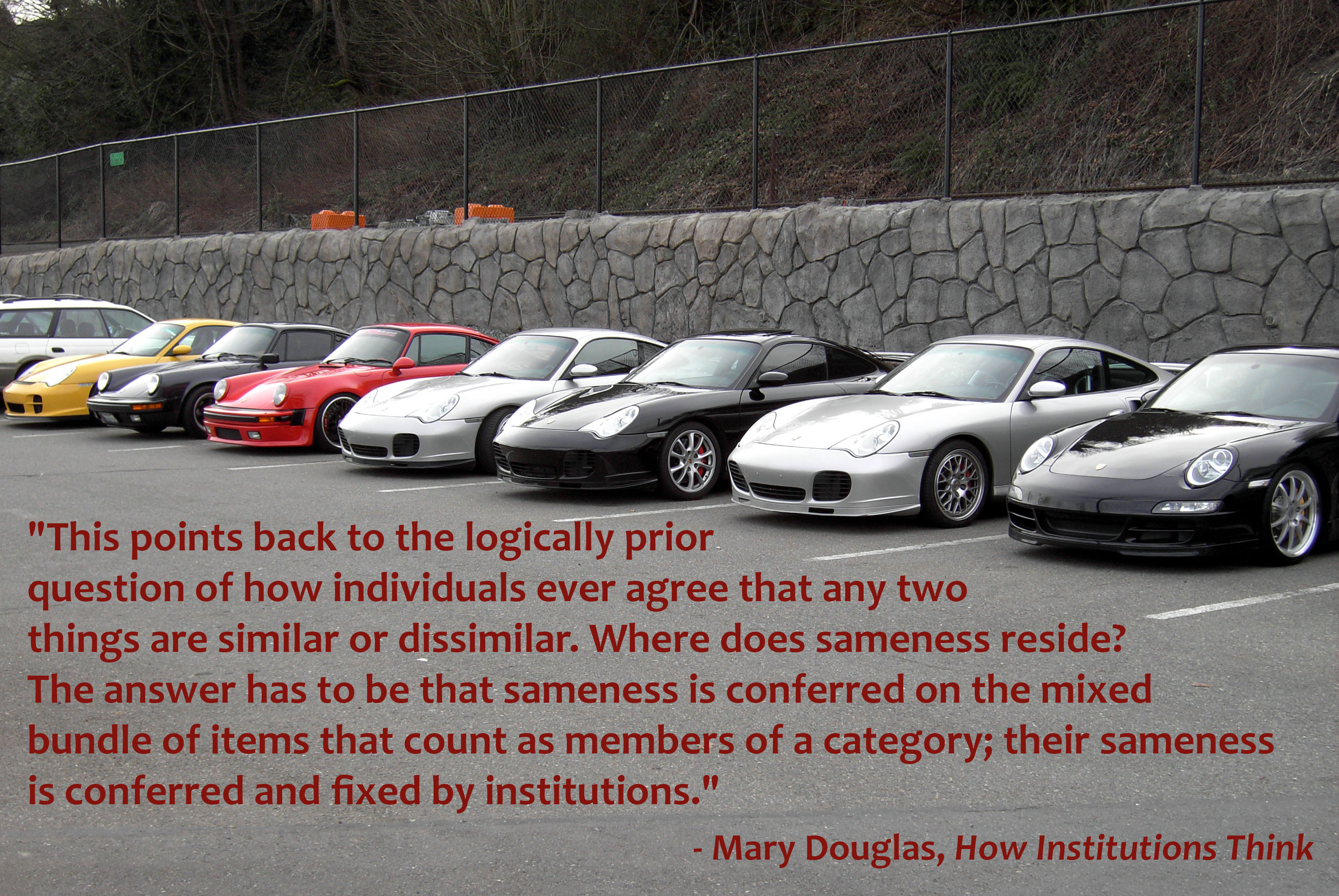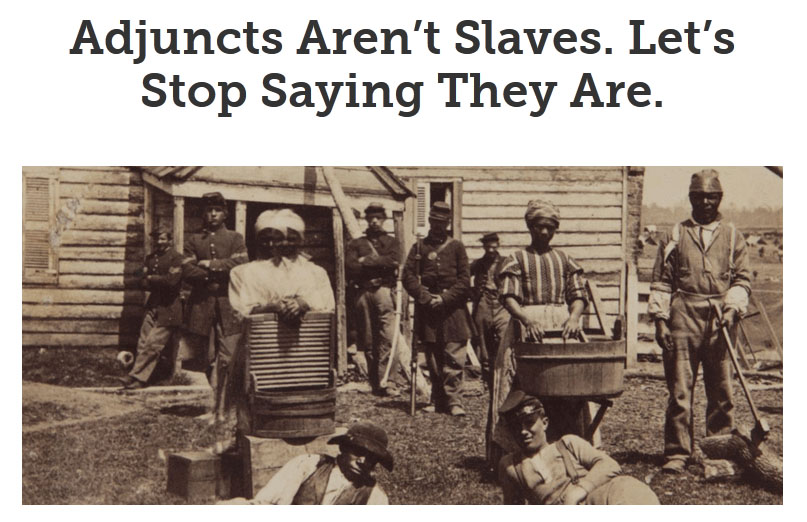
You will likely remember the (somewhat) recent restoration of Ecce Homo in Spain that resulted in a rather different representation of Jesus in the newly finished product. It quickly became a meme and has since been circulated widely on the internet. It came to mind after seeing this following video about art restoration. Take a look:
The video takes us through the process of the restoration of Mother Mary to demonstrate the ways in which art is maintained to last. But as I was watching the video, I began to wonder when restorations are considered to be good and necessary and when they are considered to be destructive. As shown in the video, much care is taken with the restoration process — every detail attended to with great care. While the finished restoration of Mother Mary is, to the casual observer, far more similar than that of Ecce Homo to the worn image we see in the beginning of the video, are the restorations of the two all that different, practically speaking? Continue reading “A Good Fake or a Bad Fake?”



 So, have you seen “
So, have you seen “
 Yesterday, in
Yesterday, in 

 I remember, some years ago, the rise of the term “feminazi” in popular discourse — a term associated with those on the US’s political far right, such as radio host
I remember, some years ago, the rise of the term “feminazi” in popular discourse — a term associated with those on the US’s political far right, such as radio host  Every time I fly I get a kick out of seeing the lengths to which the airlines go to create the impression among passengers that their (sometimes significantly) higher fees have consequence that matters (other than generating more profit for the airline, of course). Example: no longer do just the first class passengers board early but so do a host of variously privileged, hierarchically-arranged sub-categories that previously never existed, each getting their little perk in exchange for their higher fees, customer loyalty, or using the airline’s own credit card to book the flight: Platinum Club Members step up after those in First Class, then (in a ranking system
Every time I fly I get a kick out of seeing the lengths to which the airlines go to create the impression among passengers that their (sometimes significantly) higher fees have consequence that matters (other than generating more profit for the airline, of course). Example: no longer do just the first class passengers board early but so do a host of variously privileged, hierarchically-arranged sub-categories that previously never existed, each getting their little perk in exchange for their higher fees, customer loyalty, or using the airline’s own credit card to book the flight: Platinum Club Members step up after those in First Class, then (in a ranking system